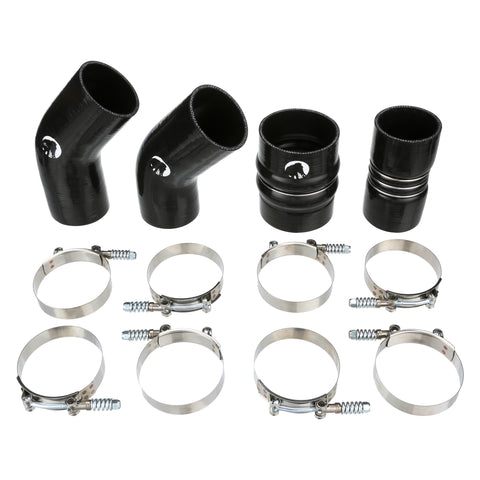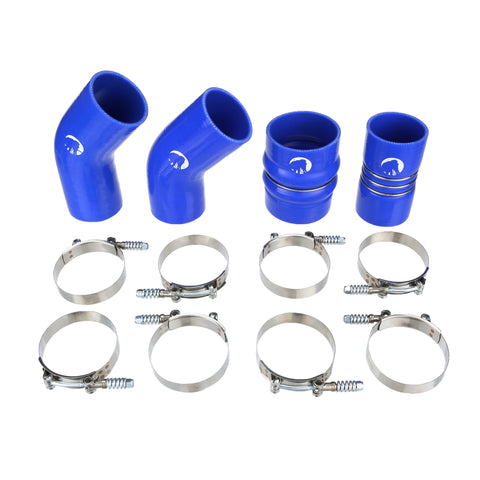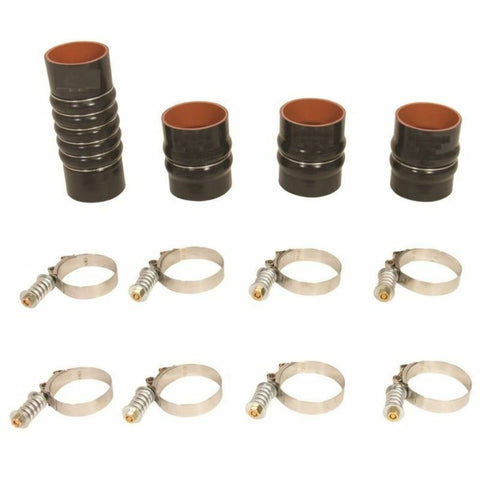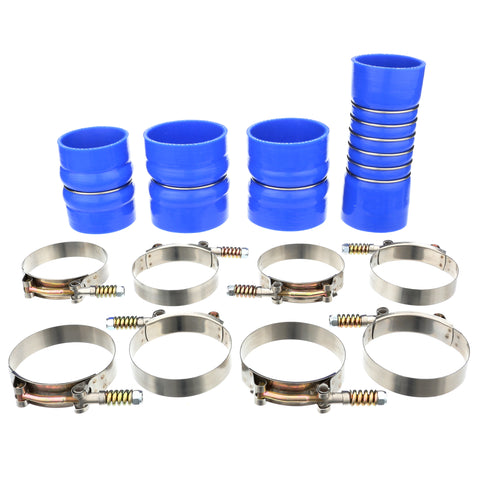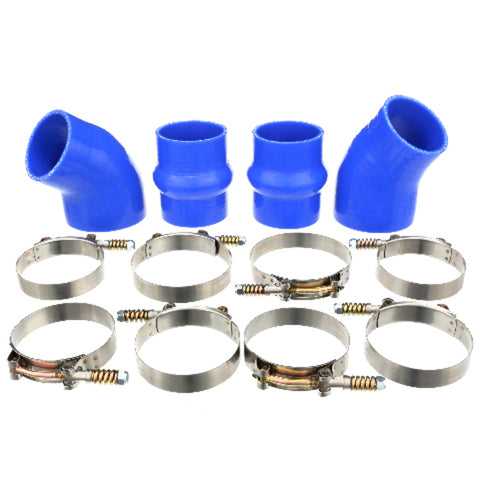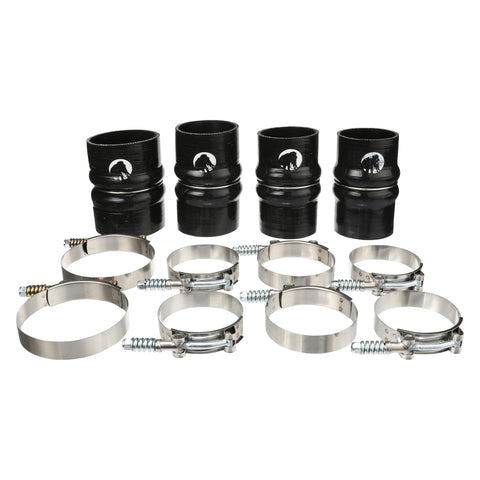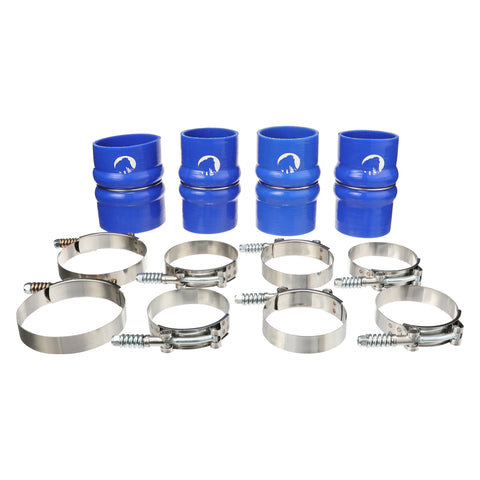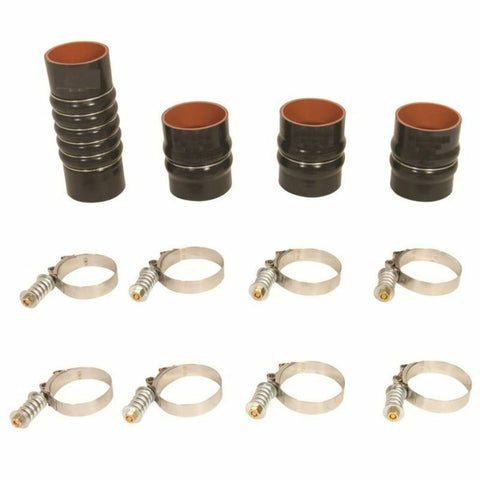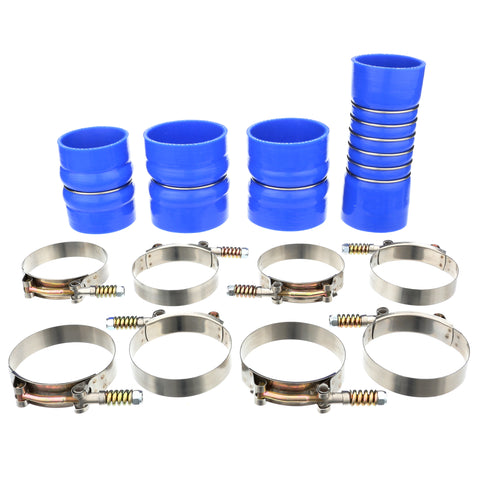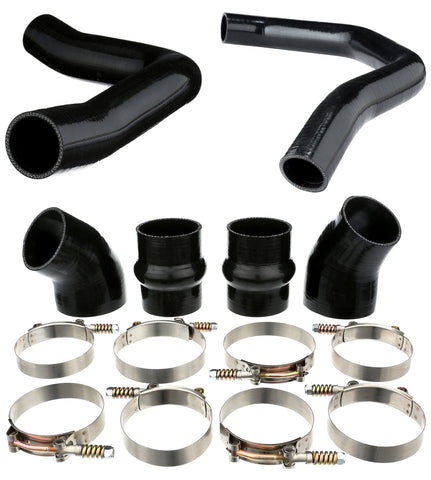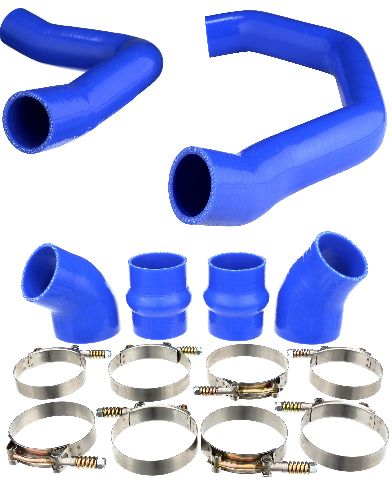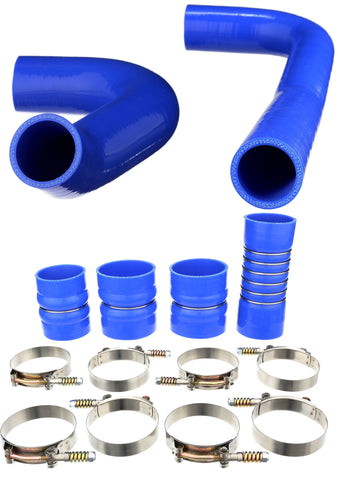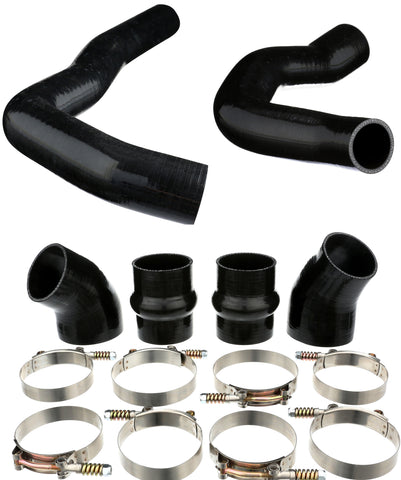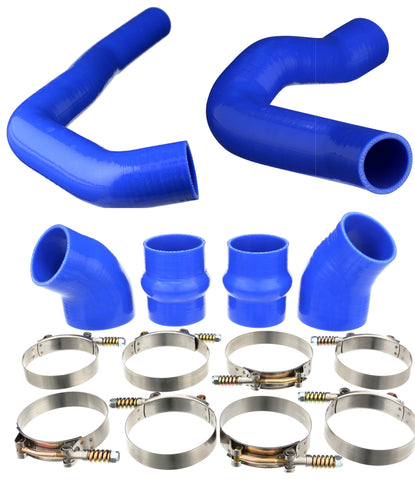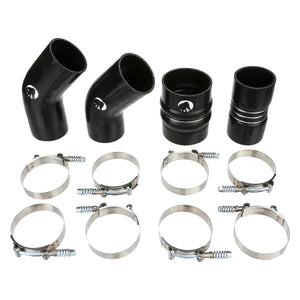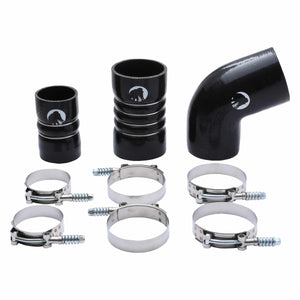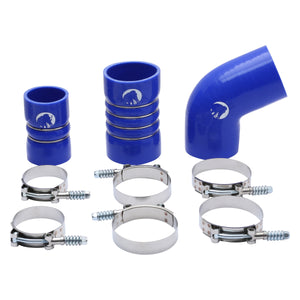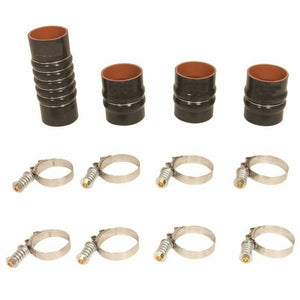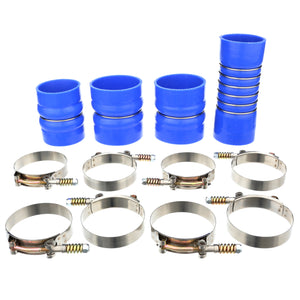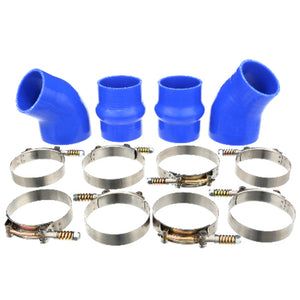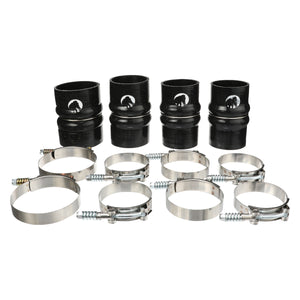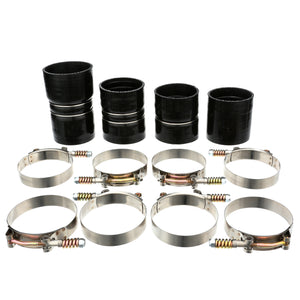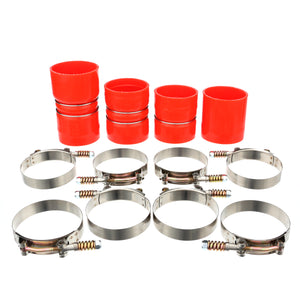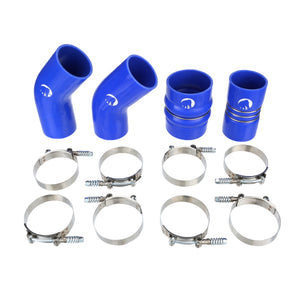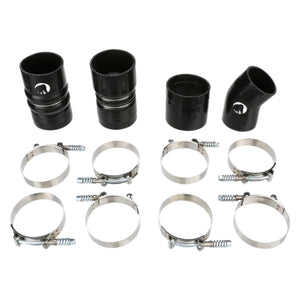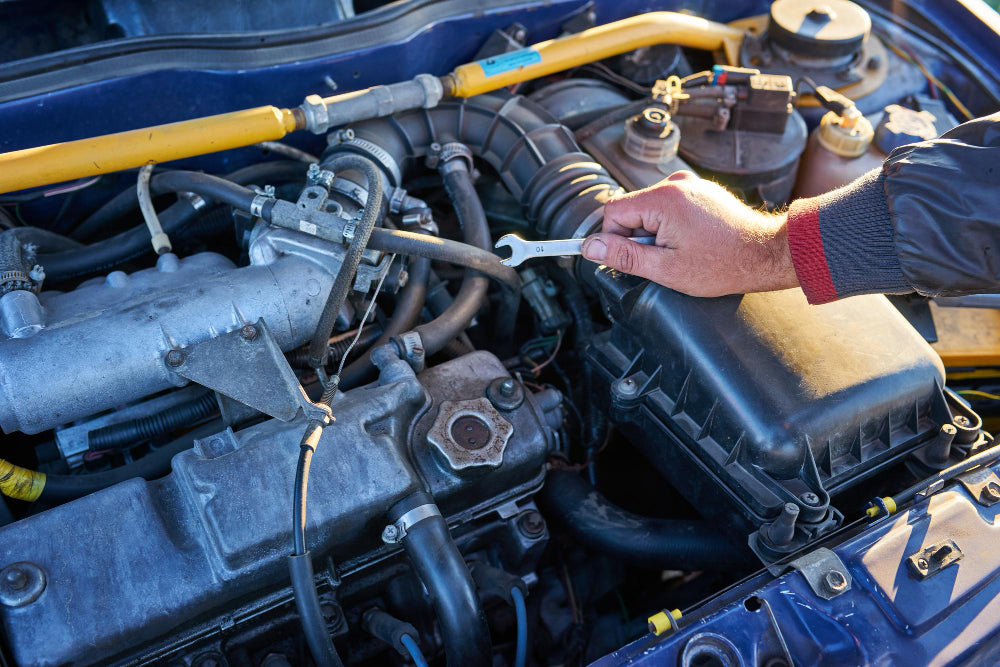Boost Leaks: What They Are and How to Prevent Them
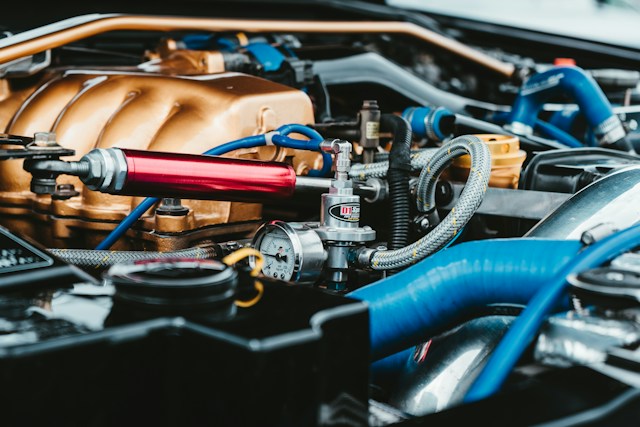
Table Of Contents
Boost leaks are one of the most annoying problems most car enthusiasts face, especially those who love turbocharged or supercharged engines. But what is a boost leak?
Simply put, a boost leak is an air leak. Unlike normal aspirated engines, turbocharged and supercharged engines use pressurized air fed into the engine to boost energy and improve its performance. During a boost leak, the pressurized air escapes before reaching the engine.
This article breaks down what boost leaks are, why they happen, and what you can do to prevent them from ruining your car. Whether you're a gearhead or just getting into souped-up engines, knowing about boost leaks can help keep your vehicle running smoothly for longer.
Signs and Symptoms of Boost Leaks
Detecting boost leaks is important for maintaining optimal engine performance in turbocharged or supercharged vehicles. Here are some of the signs to look out for if you suspect a boost leak:
- Loss of Power: A drop in the engine's power is one of the most noticeable signs of a boost leak. You may feel that the car is sluggish and less responsive when you need that power boost.
- Hissing Sounds: Additionally, if your charger is leaking, you may notice a hissing sound under the hood, especially when you are accelerating. It is caused by the pressurized air leaking out instead of getting fed into the engine.
- Boost Pressure Fluctuations: Thirdly, you can also see that the car's booster gauge keeps fluctuating instead of pressure building up.
- Poor Fuel Efficiency: The chargers feed pressurized air into the engine, creating a rich air-fuel mixture that produces more energy for higher performance. However, if the pressurized air leaks, the engine is fed a poor air-fuel mixture, reducing fuel efficiency.
- Check Engine Light: If the car has a boost leak, it might trigger a check engine light on the dashboard. To find out if there is a leak, you can use an OBD-III scanner to diagnose the car and identify potential issues with the charger.
- Excessive Smoke: Seeing dark or excessive smoke from a car’s exhaust is never a good sign. A boost leak can cause excessive smoke due to the poor air-fuel mixture, leading to poor fuel combustion.
- Cracks on the turbocharger: Lastly, tear and wear between the compressor and engine can cause pressurized air to leak out of the charger. A visual inspection of the turbo system can determine if you have a boost leak.
If you've noticed any of these symptoms or any visual signs of wear in the intake system, you must ask a professional to check for leaks.
Boost Leaks and Engine Health
Boost leaks can significantly impact the health of your turbocharged or supercharged engine. Let us have a look at the negative effects of leaks in your charger:
- Incomplete Combustion: As previously mentioned, boost leaks can disrupt the air-fuel mixture ratio going to the engine. It can lead to incomplete combustion, causing poor fuel efficiency, reduced performance, and increased exhaust emissions.
- Overworking the Turbocharger: Secondly, your turbocharger might suffer a catastrophic failure. Boost leaks force the turbocharger to work harder to compensate for lost air pressure, increasing wear and potentially causing long-term damage.
- Elevated Exhaust Gas Temperatures: Poor fuel combustion can cause higher exhaust emissions. Furthermore, if fuel is not burning effectively in the car’s combustion chamber, it might leave the chamber and ignite in the car's exhaust, leading to hot air and flames shooting out of the exhaust. These high temperatures put additional stress on engine components and may lead to the degradation of the exhaust system.
- Potential Engine Knock: Changes to the air-fuel mixture can cause the engine to knock or explode. It can be the effect of severe damage to the pistons and cylinders.
- Reduced Performance: Poor air-fuel mixtures in the engine can reduce its power output, leading to reduced performance.
- Increased Engine Wear: Multiple reasons can cause a boost leak in your engine. Without identifying the cause of the leak, the engine will deteriorate faster due to improper combustion or cracked cylinders and pistons.
It is crucial to conduct regular car inspections to identify and prevent boost leaks from occurring. Proper maintenance and timely repairs ensure the engine operates efficiently, maximizing its performance and longevity.
Common Causes of Boost Leaks
Are you curious about the potential causes of boost leaks in your vehicle? Here are some common causes:
- Worn or Cracked Hoses: The rubber hoses that carry pressurized air from the charger to the engine can degrade over time, leading to cracks or the hose getting loose. It can cause an air leak.
- Loose or Damaged Clamps: The clamps connecting the charger to the engine can become loose or damaged by heat. It can cause the pressurized air to start leaking.
- Faulty Intercooler: The turbocharger uses an intercooler to cool pressurized air before it enters the engine. Cooling the air as it enters the engine prevents it from knocking. If the intercooler has leaks or is damaged, it can lead to a loss of pressure.
- Blown Gaskets: Blown gaskets can also cause the boost leak. Gaskets in the turbo or supercharger can create an airtight seal between components in the system. A leak between the connections can reduce pressure going to the intake.
- Cracked or Damaged Piping: The charger uses an intricate pipe system to feed pressurized air into the car's engine. If the pipe is cracked or damaged, it can lead to air leaks, reducing the vehicle's performance. Regularly inspect the piping for any signs of wear or deterioration.
- Faulty Turbocharger Seals: Furthermore, the seals in a turbocharger can degrade over time, leading to oil and air leaks. Inspect the turbocharger for visible signs of oil around the device or connections.
- Disconnected or Loose Connections: Loose connections between the turbocharger’s components can also cause a boost leak. Ensure that all connections within the charger and intake system, including the sensors and valves, are properly secured.
- Aftermarket Modifications: A boost leak might also be caused by using the wrong aftermarket turbo kit or a faulty installation during modification. You should ensure that all parts of the charger and intake fit together without leaks. Additionally, if you have trouble with the modifications, find a certified professional to help.
Timely intervention can help preserve engine performance and prevent further issues related to leaking air.
DIY Boost Leak Detection
Here are a few DIY tricks to help detect potential leaks in a turbocharger:
- Start by examining the intake system's hoses, clamps, and connections for any visible wear, cracks, or loose fittings.
- Listen for hissing sounds during acceleration, which can be caused by air escaping where it shouldn't.
- Finally, check the gauges for any boost pressure fluctuations and keep an eye out for any changes in your vehicle's performance and fuel efficiency.
Regularly conduct a visual inspection of your car and pay attention to its performance. It can help you identify and address potential boost leaks, ensuring your car runs efficiently for longer.
How to Prevent Boost Leaks with Intercooler Boots
You might be wondering what steps you can take to prevent boost leaks within intercooler boots. Here are a few suggestions.
First, regularly inspect the intercooler boots for signs of wear, cracks, or damage. Too much heat and friction can cause the boots to wear over time, causing a leak to develop.
Ensure all clamps and connections are tightly secured. Additionally, replace any worn-out or damaged boots promptly.
Consider upgrading to high-quality, reinforced silicone boots, which are more durable and less prone to deterioration.
Likewise, regular maintenance, including visual checks and replacing worn parts, will go a long way in safeguarding against boost leaks and maintaining optimal engine performance.
Mammoth Performance Parts is your go-to shop for all your automotive repair parts. We provide quality and reliable replacement parts for your car’s turbocharger, including intercooler boots and silicone hoses that are built to last, reducing the chances of boost leaks in your engine. Our parts are highly durable and meant to take on the tough demands of high-performance driving. By using Mammoth Parts, you're investing in reliability and longevity for your vehicle, ensuring that it runs smoothly and efficiently.
Boost Leaks FAQs:
- Can a boost leak damage my engine?
Yes, prolonged boost leaks can lead to engine misfires and excessive exhaust temperatures, damaging vital car parts.
- Are boost leaks expensive to repair?
The cost of repairing a boost leak depends on the severity of the problem and the parts that need replacing. However, early detection and prevention can help prevent costly repairs in the future.
- How often should I check for boost leaks?
It is recommended to check for boost leaks regularly, especially if you notice any of the signs mentioned above. If you're having trouble doing it yourself, consult a qualified mechanic for a thorough inspection.
- How often should I replace intercooler boots?
Several factors can determine how often you should change your car’s intercooler boots. They include:


